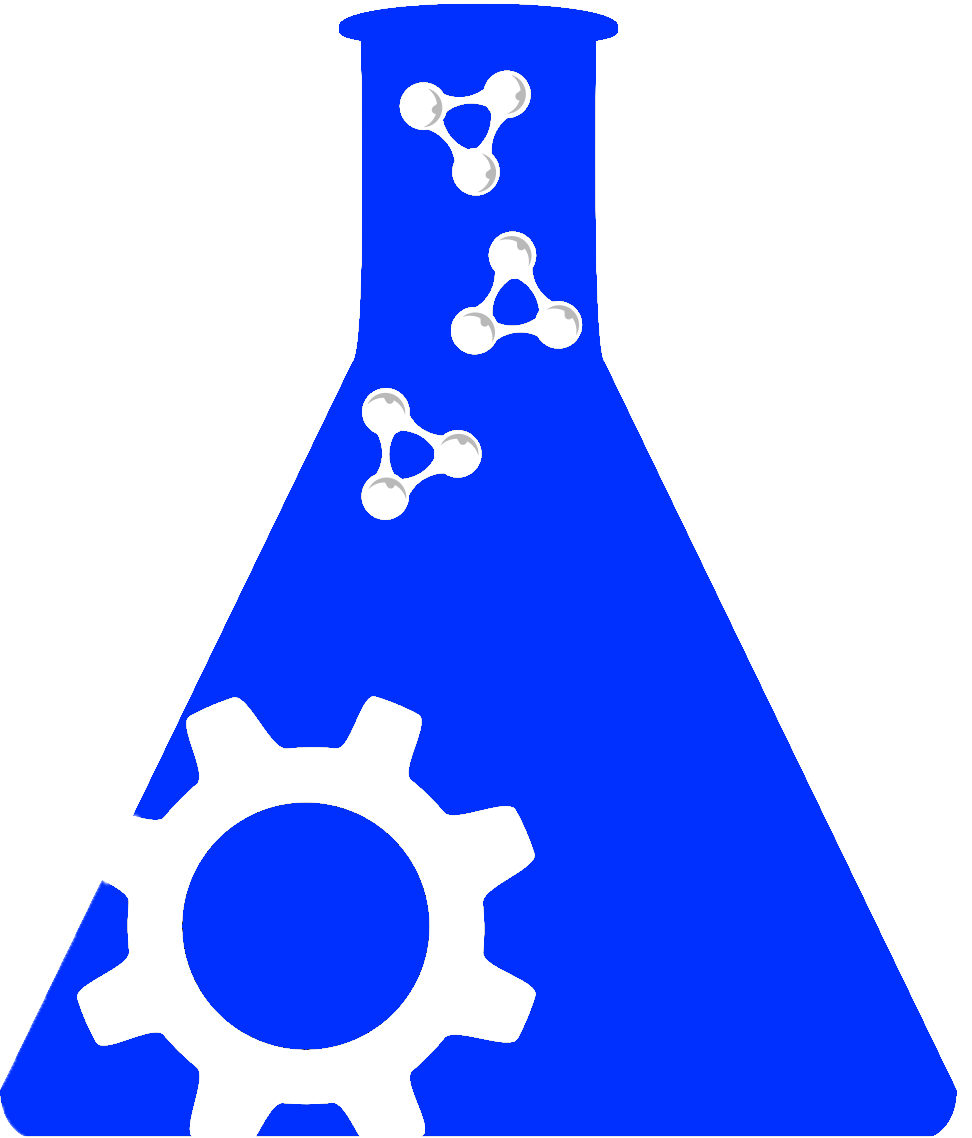Searching across hundreds of databases

Are you sure you want to leave this community? Leaving the community will revoke any permissions you have been granted in this community.
Proper Citation: BioMANTA (RRID:SCR_007177)
Description: This project encompasses development of novel biological network analysis methods and infrastructure for querying biological data in a semantically-enabled format, and aims to create a semantic interactome model. Research within the BioMANTA project will focus on computational modelling and analysis, primarily using Semantic Web technologies and Machine Learning methods, of large-scale protein-protein interaction and compound activity networks across a wide variety of species. A range of information such as kinetic activity, tissue expression, and subcellular localization and disease state attributes will be included in the resulting data model. Protein interactions are a fundamental component of biological processes. Many proteins are functional only in multimeric complexes, or require interaction partners to achieve their correct localisation or function. For this reason, the study of protein-protein interaction (PPI) networks has become an area of growing interest in computational biology. Through the use of Semantic Web technologies such as Resource Description Framework (RDF) and Web Ontology Language (OWL), interaction data is modelled to create a knowledge representation in which meaning is vested in the ontology rather than instances of data. Stochastic and computational intelligence methods are applied to this data to infer high coverage networks. Semantic inferencing is used to infer previously unknown and meaningful pathways. Major project components: - The BioMANTA Ontology:- An OWL DL ontology incorporating the PSI-MI Ontology, the NCBI Taxonomy, and elements of BioPax ontology and Gene Ontology (describing subcellular localisation). This allows us to re-use existing ontologies, thereby reducing overheads associated with knowledge acquisition in the ontology development process. We are able to integrate existing public data that contain annotation in these formats. - Data conversion & semantic protein integration:- A set of software components that convert protein-protein databases (DIP, MPact, IntAct, etc.) from PSI-MI XML to RDF compliant with the BioMANTA ontology. These software allow us to make these protein-protein interaction datasets (and more generally, any PSI-MI XML data) semantically available for querying and inference within BioMANTA. - A RDF triple store based on RDF Molecules and the MapReduce architecture:- A proof-of-concept RDF triple store using RDF molecules and Hadoop scale-out architectures. Regular RDF graphs are deconstructed into RDF molecules, which are distributed over distributed compute nodes in the MapReduce architecture, and are subsequently combined to form equivalent RDF graphs. Such an approach makes the distributed SPARQL querying and reasoning on RDF triple stores possible. - A quantitative framework to integrate networks extracted from independent data sources (gene expression, subcellular localization, and ortholog mapping):- The model is multi-layer, with a first layer based on Decision Trees where each Decision tree is built on each dataset independently. The tree nodes are cut using Shannon''s entropy (mutual information); the decision of these independent trees is integrated using logistic regression, and the parameters are optimised using maximum likelihood. Sponsors: This resource is supported by the Pfizer Global Research and Development, the Institute for Molecular Bioscience (IMB), and the University of Queensland, Australia.
Abbreviations: BioMANTA
Synonyms: The Modelling and Analysis of Biological Network Activity
Resource Type: research forum portal, controlled vocabulary, topical portal, ontology, disease-related portal, data or information resource, portal, software resource
Keywords: biological, network, model, analysis, semantic, interactome, biological, data, development, computational, process, protein, biology, ontology, knowledge, molecule, rdf, framework, subcellular, localization, gene, expression, ortholog, mapping, dataset
Expand Allhas parent organization |
We found {{ ctrl2.mentions.total_count }} mentions in open access literature.
We have not found any literature mentions for this resource.
We are searching literature mentions for this resource.
Most recent articles:
{{ mention._source.dc.creators[0].familyName }} {{ mention._source.dc.creators[0].initials }}, et al. ({{ mention._source.dc.publicationYear }}) {{ mention._source.dc.title }} {{ mention._source.dc.publishers[0].name }}, {{ mention._source.dc.publishers[0].volume }}({{ mention._source.dc.publishers[0].issue }}), {{ mention._source.dc.publishers[0].pagination }}. (PMID:{{ mention._id.replace('PMID:', '') }})
A list of researchers who have used the resource and an author search tool

A list of researchers who have used the resource and an author search tool. This is available for resources that have literature mentions.
No rating or validation information has been found for BioMANTA.
No alerts have been found for BioMANTA.
Source: SciCrunch Registry